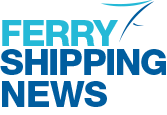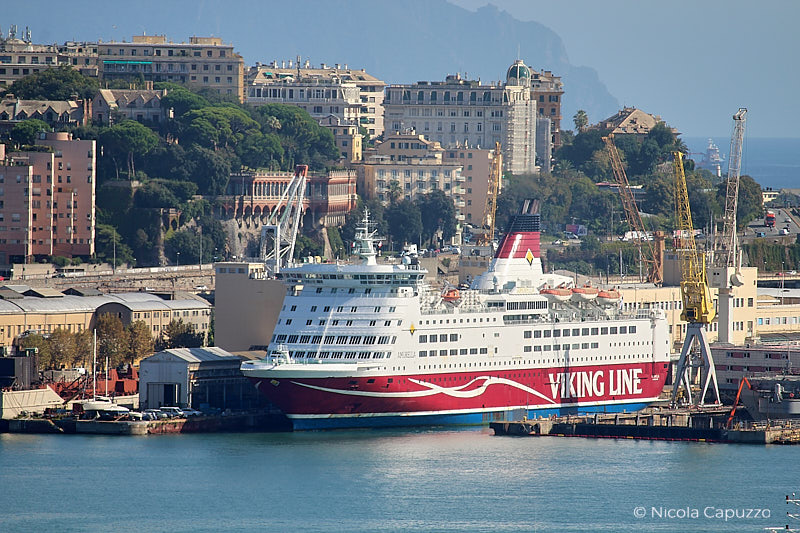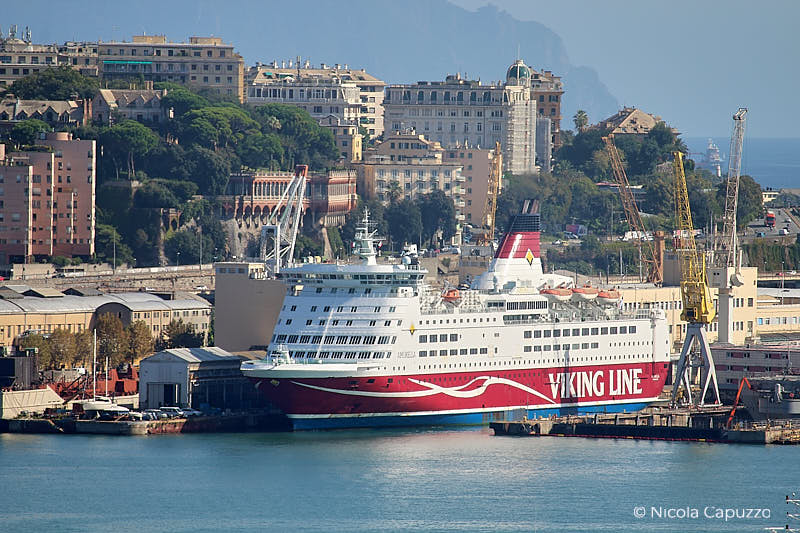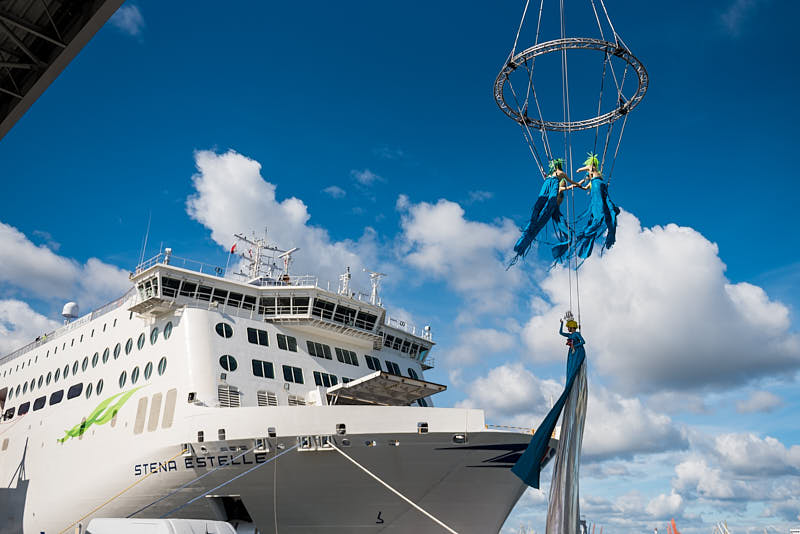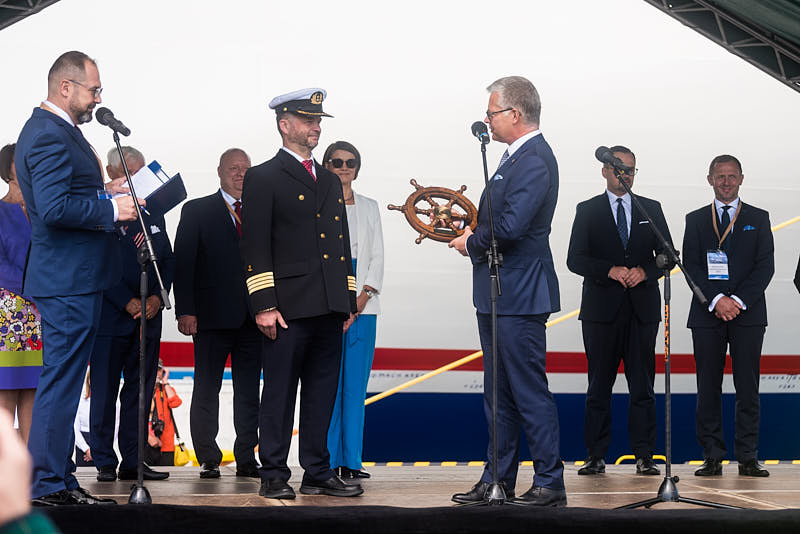January– December 2022 (compared to January–December 2021)
- Sales amounted to EUR 494.7 M (EUR 258.2 M).
- Other operating revenue was EUR 24.1 M (EUR 46.8 M).
- Operating income totalled EUR 38.3 M (EUR 32.1 M).
- Net financial items were EUR -10.0 M (EUR -3.8 M).
- Income before taxes totalled EUR 28.3 M (EUR 28.3 M).
- Income after taxes totalled EUR 23.0 M (EUR 24.4 M).
Outlook for the financial year 2023
- Significant uncertainty continues due to the geopolitical situation. This is impacting directly on energy prices, inflation, interest rates and currencies and indirectly in terms of propensity to travel, demand, consumption patterns and costs.
- AMORELLA was sold in Autumn 2022, and at the end of the year an agreement was reached on the sale of ROSELLA for delivery in January 2023. The company does not foresee any further vessel sales in 2023.
- Provided that energy prices remain at their current level and taking into account that capital gains are expected to be lower than in 2022, the Board of Directors estimates that income before taxes will be somewhat lower than in 2022..
Jan Hanses, CEO of Viking Line said;
“Our results for 2022 should be described as good. The new financial year 2023 will be both demanding and engaging. We are closely following economic developments and adapting operations to meet the challenges we face, particularly concerning the new environmental norms. Meanwhile, we are optimistic about the future.”
Fourth Quarter Results 2022 (compared to Fourth Quarter 2021)
- Sales amounted to EUR 124.5 M (EUR 89.3 M).
- Other operating revenue was EUR 15.2 M (EUR 2.2 M).
- Operating income totalled EUR 19.4 M (EUR 1.6 M).
- Net financial items were EUR -2.5 M (EUR -0.4 M).
- Income before taxes amounted to EUR 16.9 M (EUR 1.2 M).
- Income after taxes totalled EUR 13.6 M (EUR 1.7 M).
